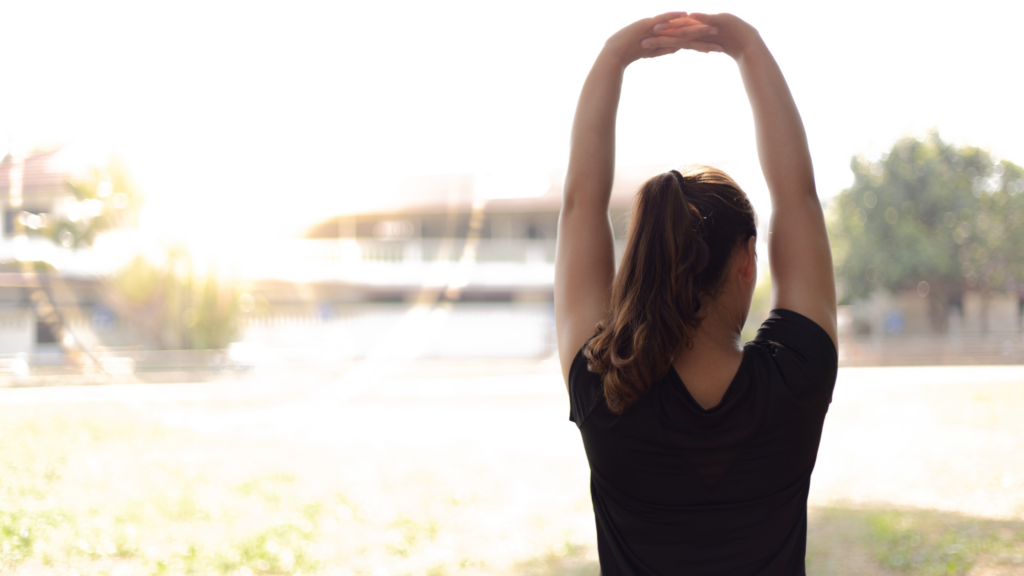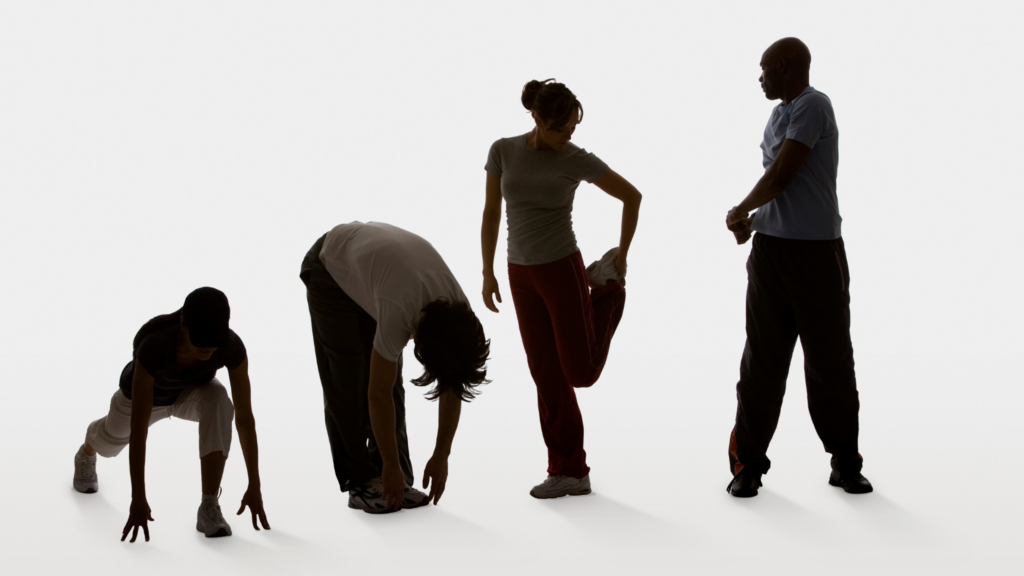
Heart disease is a growing problem in the USA. Men and women across the country suffer more now with high blood pressure, high blood sugar, and weight-related vascular disease than ever before, and the battle to improve heart health is vital. The knew take on looking after your ticker is stretching for heart health.
It is well known that stretching is good for muscle strain, and the heart is, at the end of the day, a big old muscle mass- a muscle mass that happens to keep you alive. Diet and exercise are extremely important for preventing heart disease, but stretching could be the cherry on top to boost heart health in a light, enjoyable, and mindful way.
Let’s be clear: Stretching alone is not enough to keep your heart health where it should be. You still need to maintain a balanced diet and take part in regular exercise programs. That said, incorporating some light stretching into your routine a few times a week can aid with weight loss, ease joint pain, and help build core musculoskeletal health.
An added bonus: it is also good for your heart! Here are a couple of the ways it can benefit the body’s most important muscle.
In recent group studies, stretching was seen to improve blood flow by boosting the function of blood vessels. Good blood flow leads to a happier heart muscle and reduced arterial stiffness, which is a fancy way of saying the core muscles and vessels surrounding your heart don’t have to work so hard to keep your body going, which in turn reduces your risk of having a heart attack.
Although it doesn’t have quite as significant long-term impacts on blood pressure, there are studies that show stretching relieves stress, and lowered stress levels can mean lower blood pressure.

The following stretch exercises are what we call passive stretching, which means they use resistance bands, your body weight, and gravity to add a little extra and get a full, effective stretch. Unlike heavy resistance training, they don’t use additional weights, so they are easy to do at home with little to no equipment.
Here are a few ideas to get you started!
Sit on the floor and stretch your right leg straight out in front of you. Put your left foot against the inside of your right thigh.
Lean forward to fold your torso over your right leg. If you feel able to, hold your arms out straight towards your right foot to deepen the stretch. Keep your back straight, and hold the stretch for between 10 and 30 seconds.
Repeat the same stretch with your left leg straight and right leg bent.
Begin in a standing position with your feet shoulder-width apart. Step forward slightly with one foot, keeping the other firm where it is.
Bend your knee on the back leg to drop it a little closer to the ground. Keep your back straight while you do it, and drop the knee only as far as you can without losing balance or feeling pain.
Hold for around 10 seconds, return to standing straight, then repeat with the same leg another four times.
Start the second set after a 30-second break with the other leg moved forward.
You can do this standing or sitting in a chair (using a chair is recommended if you have mobility issues or bad balance. If you are sitting, keep your feet flat on the floor. In the standing position, keep your feet below your shoulders.
Put the palms of your hands on the back of your head with your elbows out.
Slowly twist your torso from the waist to face the side, moving your head around at the same time. Keep your hips still- they should not turn.
Stay in this position for around 15 to 20 seconds before slowly twisting back to face the front.
Repeat the stretch around to the other side.
Lie flat on your back with your knees bent and the soles of your feet flat on the floor. If you need to use a pillow to make it more comfortable, you can place a thin one under your hips.
Put your right foot over your left thigh, then pull that thigh toward your head as far as you can without hurting yourself.
Gradually ease into the stretch, pulling your thing closer to your torso as and when you can. Stay in your final position for around 10 seconds.
Switch legs, and repeat.
You cannot replace aerobic exercise and cardio when it comes to activities that keep your heart ticking over nicely. Aerobic exercise improves circulation and keeps blood vessels flexible and less stiff- leading to lowered blood pressure and increased blood flow. It also gets your heart rate up, which helps oxygen travel more efficiently to your brain and muscles.
Stretching also helps with high blood pressure and blood flow, but it alone is not enough to support your cardiovascular health. The combination of stretching, aerobic exercises, some light cardio, and a healthy diet is the best way to fend off vascular disease and keep yourself feeling great.

Stretching is an easy, low-impact, and manageable way to look after your body at home. It has benefits for your muscles and blood flow and is ultimately beneficial for your heart when used together with a good balance of healthy eating, light cardio, and aerobic exercises.
Copyright © CardiacKrock.com. 2022 All rights reserved. | Sitemap